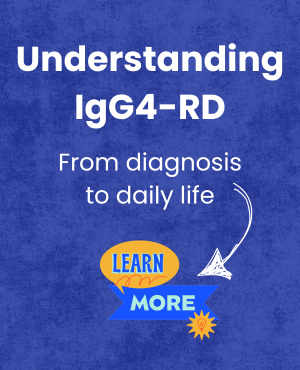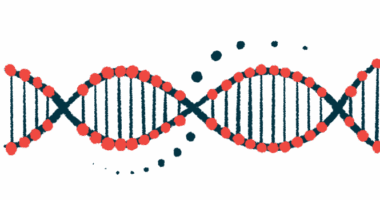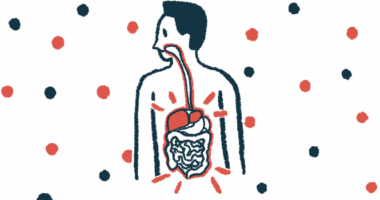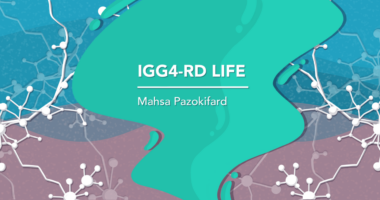Research reveals key differences in IgG4-RD lung damage: Study
Findings could help providers make more personalized diagnoses
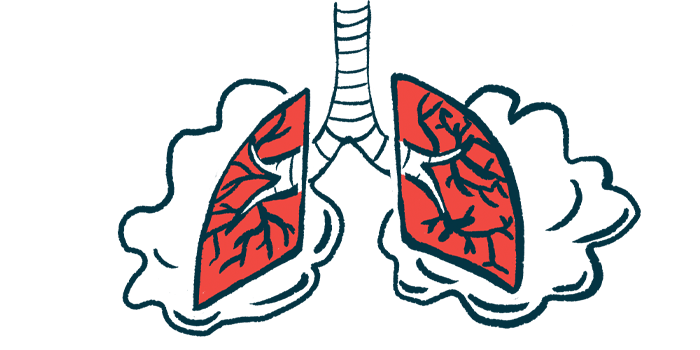
Imaging scans of people with IgG4-related disease (IgG4-RD) affecting the lungs revealed two primary types of lung damage, which corresponded to different disease features, a study reports.
One damage pattern, called round ground-glass opacity (GGO), suggested more extensive injury than the other, and was more frequently associated with male sex and a history of respiratory disorders.
This type of information could help healthcare providers assess IgG4-related lung disease (IgG4-RLD) in their patients, according to researchers.
“We expect that this study will deepen clinicians’ understanding of IgG4-RLD, promote further research in this area, and provide essential scientific support for personalized diagnosis,” they wrote.
The study, “Clinical characteristics of IgG4-related lung disease: a single-center based experience,” was published in Clinical Rheumatology by a team of researchers in China.
IgG4-RLD symptoms mirror those of other lung conditions
In IgG4-RD, misdirected immune system activity causes inflammation, scarring, and tumor-like growths in virtually any part of the body, which can enlarge organs and disrupt their function. Depending on the affected tissues, symptoms can vary broadly.
IgG4-RLD, which affects the lungs, can lead to coughing, shortness of breath, and chest pain. However, these are also symptoms of several other lung conditions.
“The non-specific nature of the clinical features complicates the accurate identification of IgG4-RLD, frequently leading to delayed diagnosis or misdiagnosis, which can substantially affect patient management and treatment outcomes,” the researchers wrote.
Because of this, clinicians need to understand who IgG4-RLD affects and how the disease manifests. This may help them during the diagnosis process and in designing personalized treatments. According to the team, few studies have thoroughly described these features, leaving a gap in clinical understanding.
[These demographic trends emphasize] the crucial necessity of screening for IgG4-RLD in elderly male patients to facilitate early identification and timely intervention.
To address this gap, the researchers described 20 cases of IgG4-RLD treated at a single Chinese hospital. Three-quarters of these participants were men, and their mean age was 60.1 years.
These demographic trends emphasize “the crucial necessity of screening for IgG4-RLD in elderly male patients to facilitate early identification and timely intervention,” the researchers wrote.
Clinical features varied between cases. For 35% of participants, lung abnormalities were detected in imaging scans requested for other reasons. Coughing up blood, or hemoptysis, was a symptom in 35% of people.
Most people (60%) had other organ involvement, most often in immune structures called the lymph nodes; 40% showed signs of IgG-RD in the lungs alone.
Lung pattern groups had different demographic, clinical, and laboratory features
All cases underwent chest CT scans to look for lung abnormalities. Half had solid pulmonary nodules, which are small, dense areas of lung tissue that appear as bright spots on scans.
The next most common lung abnormality (45% of cases) was round ground-glass opacity, or round, hazy regions of high density that can signal inflammation, infection, or cancer. One participant (5%) had a scan indicating infiltration of cells or liquid into their air sacs.
Signs of solid nodules were most common in the left lung (70%), while round GGO patterns, in contrast, primarily appeared in the right lung (55.56%).
There were several significant differences between the two lung pattern groups in terms of demographic, clinical, and laboratory features.
While half of the participants with a solid nodule pattern were women, all of those with a round GGO pattern were men. Hemoptysis and a history of respiratory disease were also significantly more common among people with round GGOs.
Differences in hemoptysis could be related to the nature of the injury, the researchers hypothesized, with round GGO patterns potentially leading to more extensive damage and greater injury.
“In contrast, solid nodular patterns typically present as localized lesions, which may not induce the same degree of [blood vessel] injury or corresponding clinical manifestations due to their limited extent,” the team wrote.
Relative levels of immune cell types differed between groups
Relative levels of different types of immune cells — neutrophils, eosinophils, and lymphocytes — in the blood also differed significantly between the groups.
People with round GGO patterns had higher proportions of neutrophils, which are associated with acute inflammation. In contrast, those with solid nodular patterns had higher proportions of eosinophils and lymphocytes, which suggests a more sustained immune response.
While symptomatic differences may represent differences in the effects of damage, the team suggested that differences in inflammation could reflect differences in how the damage forms. Chronic inflammation could cause solid nodules to form, while more acute inflammation could lead to round GGO patterns.
These findings suggest different processes at play in IgG4-RLD that manifest as differences in imaging scans.
“Such insights provide crucial reference points for clinicians in developing personalized treatment strategies,” the team wrote.
Future studies will need to assess disease features in larger groups of participants, including groups spanning multiple medical centers, according to the researchers. These studies could also determine how different treatment strategies work for individuals with distinct clinical features.





